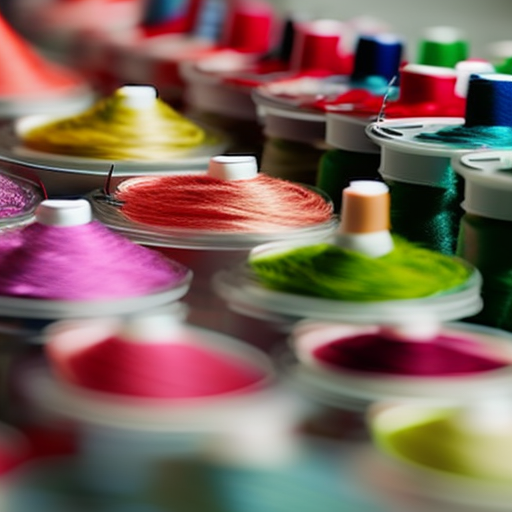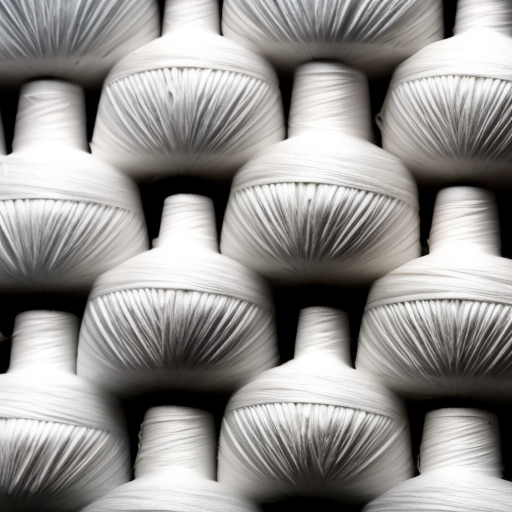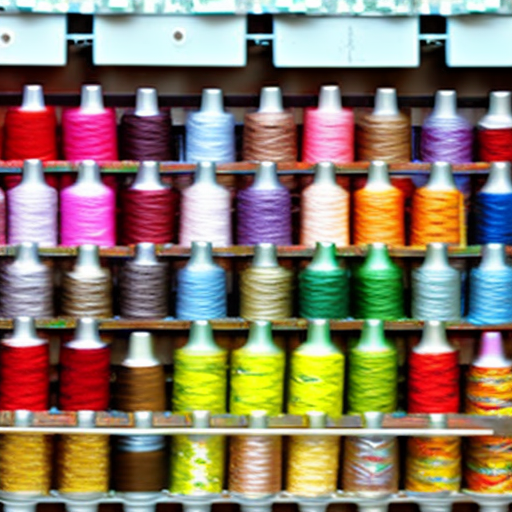
When it comes to sewing, the choice of thread can greatly impact the quality and durability of your projects. Understanding sewing thread units is essential to ensure that you select the right thread for your sewing needs. Here are some common sewing thread units explained:
1. Tex
Tex is a unit of measurement that indicates the weight in grams of 1,000 meters of thread. It is commonly used to measure the size or thickness of sewing threads. The higher the tex number, the thicker and heavier the thread will be. For example, a thread with a tex size of 30 is thicker and heavier than a thread with a tex size of 15.
2. Denier
Denier is another unit of measurement used to express the thickness of sewing threads. It measures the weight in grams of 9,000 meters of thread. Just like tex, higher denier numbers indicate thicker threads. However, denier is typically used for measuring synthetic threads, like nylon or polyester, rather than natural fibers.
3. Thread Weight
Thread weight is often denoted by a number. The higher the number, the finer and lighter the thread. Thread weight is commonly used in the United States, with 30 being a standard weight for general sewing, 50 for slightly lighter fabrics, and 60 for lightweight fabrics and delicate stitching.
4. Metric Thread Size
Metric thread size indicates the thickness of the thread using a metric system. It is commonly represented by two numbers, such as 50/2 or 40/3. The first number refers to the thread thickness, with larger numbers indicating thicker threads. The second number denotes the number of plies or strands twisted together to form the thread.
5. Ticket Number
Ticket number is a unit of measurement used for cotton and silk threads. It represents the length in hanks of thread that weigh one pound. For example, a ticket number of 40 means that 40 hanks of thread, each weighing one pound, would be required to make a total weight of 40 pounds.
Understanding these various sewing thread units will help you make informed decisions when selecting the appropriate thread for your sewing projects. Consider the fabric type, weight, and purpose of your project to determine the thread unit that suits your needs best. Remember, using the right thread can significantly enhance the longevity and overall quality of your sewn creations.





Interesting topic, looking forward to reading more! Not to mention this is an essential for any aspiring seamstress!